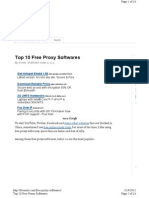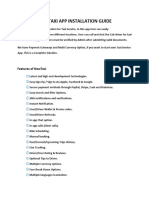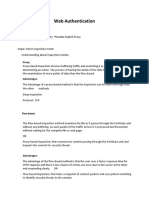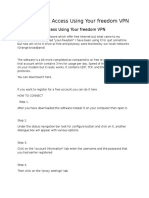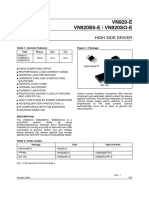0% found this document useful (0 votes)
40 views3 pagesAndroidios Proxy Setup
This document provides a comprehensive guide on how to purchase and set up proxies from DataImpulse for Android and iOS devices. It includes step-by-step instructions for configuring proxy settings on both platforms, as well as recommended tools and considerations for effective proxy usage. Key points include ensuring proper authentication, data encryption, and testing the proxy connection after setup.
Uploaded by
Kelvin LaxisCopyright
© © All Rights Reserved
We take content rights seriously. If you suspect this is your content, claim it here.
Available Formats
Download as PDF, TXT or read online on Scribd
0% found this document useful (0 votes)
40 views3 pagesAndroidios Proxy Setup
This document provides a comprehensive guide on how to purchase and set up proxies from DataImpulse for Android and iOS devices. It includes step-by-step instructions for configuring proxy settings on both platforms, as well as recommended tools and considerations for effective proxy usage. Key points include ensuring proper authentication, data encryption, and testing the proxy connection after setup.
Uploaded by
Kelvin LaxisCopyright
© © All Rights Reserved
We take content rights seriously. If you suspect this is your content, claim it here.
Available Formats
Download as PDF, TXT or read online on Scribd
/ 3







